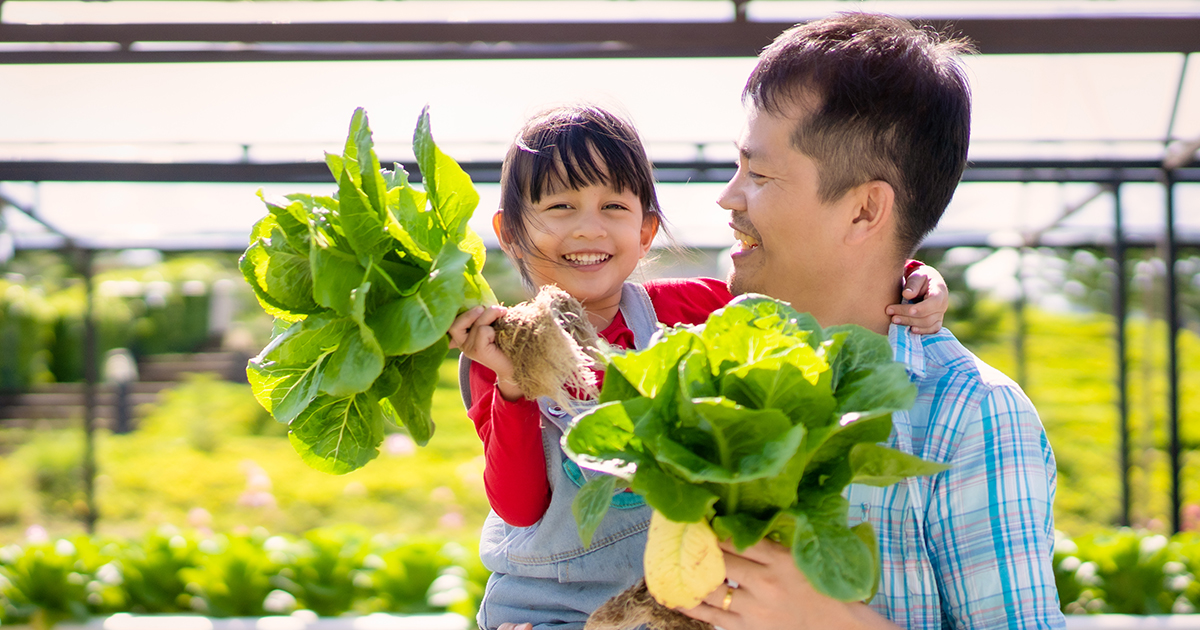Digging In: The Necessary Master Gardening Tools for Beginners
Wiki Article
The Ultimate Guide to Horticulture for Beginners: Step-by-Step Tips and Strategies for Expanding a Prospering Garden
From comprehending your yard area to choosing the right plants and preparing the soil, we've got you covered. Obtain ready to release your eco-friendly thumb and develop a gorgeous, growing yard.Recognizing Your Garden Space
Comprehending your yard room is necessary for producing a thriving garden. This will assist you identify which plants will thrive in each location. gardening tips for beginners.Next, evaluate the soil in your garden. Comprehending your soil type will assist you in selecting the right plants and implementing proper soil modifications. This info will aid you make informed choices regarding watering and plant positioning.
These are little locations that might differ in temperature or wetness degrees contrasted to the rest of your garden. Make use of these variants to your benefit by growing moisture-loving or heat-loving plants in these areas.
Selecting the Right Plants

Do you like low-maintenance plants or are you prepared to put in extra initiative for high-yield plants? Think about the amount of time, energy, and resources you are willing to invest in your yard.
Furthermore, consider the space available in your garden. Take dimensions and plan the design of your plants. Take into consideration the fully grown dimension of each plant and make sure they have adequate area to expand without overcrowding each various other.
Ultimately, consider the practicality of your plant options. gardening tips for beginners. Will you be able to give the needed care and maintenance for your selected plants? Think about variables such as watering, fertilizing, pest control, and trimming
Preparing the Soil for Growing
When you have picked the right plants for your thriving yard, it's time to dive right into the vital job of preparing the soil for growing. gardening for beginners Prior to you begin excavating, it's essential to assess the quality of your dirt. Take a sample and test its pH degrees, as different plants flourish in different pH arrays. If needed by including lime to increase it or sulfur to decrease it., readjust the pH.
Once the dirt is all set, develop furrows or openings for planting. The depth and spacing will certainly depend on the details requirements of your selected plants, so refer to the seed packets or plant labels for advice.
As you water, be mindful not to wash away the dirt or damages the delicate plants. With proper dirt preparation, your yard will certainly be fully equipped to support the development and success of your plants.
Watering and Feeding Methods
After preparing the soil for planting, it's vital to comprehend efficient watering and fertilizing techniques to make sure the wellness and development of your garden. One way to gauge if your plants require watering is by sticking your finger concerning an inch right into the dirt. When watering, goal for the base of the plants, as moistening the fallen leaves can motivate diseases.Maintaining a Healthy And Balanced Yard
To maintain a healthy and balanced yard, you should routinely evaluate your plants for signs of pests or conditions. By doing this, you can capture any type of problems early on and take the essential actions to stop them from spreading and creating damages to your entire yard. Search for any uncommon areas on fallen leaves, yellowing or wilting foliage, or openings in the leaves, as these can be indications of diseases or pests. If you see any of these indicators, it is very important to take immediate activity.An additional approach is to urge beneficial insects like ladybugs and lacewings, which feed on garden insects. Planting flowers such as sunflowers, marigolds, and sissies will certainly bring in these beneficial insects to your yard.
In addition to pests, diseases can additionally influence your plants. To stop the spread of diseases, it is very important to practice excellent yard health. This consists of eliminating any type of infected plants or leaves, sanitizing your gardening devices, and staying clear of over-watering. Correct spacing in between plants and great air flow can likewise help avoid the spread of diseases.
Verdict
By understanding your yard space, picking the right plants, preparing the soil, and applying proper watering and feeding techniques, you can develop a thriving yard. With patience and commitment, you'll quickly be delighting in the elegance and bounty of your own growing yard.Utilize these variants to your benefit by planting heat-loving or moisture-loving plants in these locations.
:max_bytes(150000):strip_icc()/woman-gardening-Education-Images-Contributor-Getty-Images-2000-cb505bc8e8554c80a2014d51401d7881.jpg)
Report this wiki page